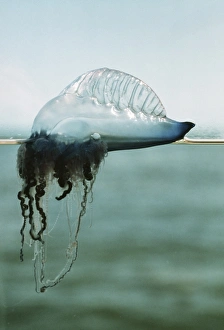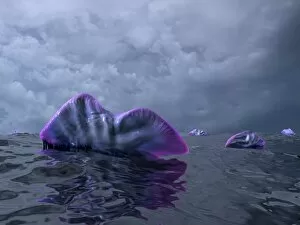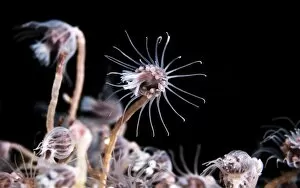Hydrozoa Collection (page 3)
Hydrozoa, a fascinating class of marine animals, encompasses a diverse range of species that inhabit oceans worldwide
All Professionally Made to Order for Quick Shipping
Hydrozoa, a fascinating class of marine animals, encompasses a diverse range of species that inhabit oceans worldwide. From the venomous Portuguese man o war drifting along the shores of Tenerife in the Canary Islands to the mesmerizing Hydromedusa with its intricate tentacles found deep beneath the surface near the mid-Atlantic ridge, Hydrozoa never fails to captivate. The Portuguese man o war (Physalia physalis) is an iconic representation of Hydrozoa's beauty and danger. Its vibrant colors and long tentacles make it both alluring and deadly. Incredibly, there are creatures like the Man-of-war fish (Nomeus gronovi) that live within these perilous tentacles, displaying an astonishing resistance to their toxin. Not only do some organisms coexist with Hydrozoa but others even prey upon them. The Blue dragon seaslug (Glaucus atlanticus), immune to their venom, feasts on Indo-Pacific Portuguese man-of-war washed ashore during mass strandings. This unique adaptation allows them to thrive while other creatures succumb. Hydra viridissima, commonly known as green hydra, can be found in garden ponds across Derbyshire in the UK. These small yet captivating creatures add a touch of enchantment to any aquatic environment they inhabit. Venturing into deeper waters reveals more wonders within this class. Crystal jellyfish (Aequorea victoria) gracefully float through Trondheimsfjord in Norway's Atlantic Ocean depths. Their translucent bodies emit an ethereal glow that illuminates their surroundings with an otherworldly radiance. From vibrant Red Sea coral reefs teeming with Scalefin anthias fish to top-down views of Indo-Pacific Portuguese Man-of-War colonies stretching across South Africa's coastline—these images showcase just how diverse and awe-inspiring Hydrozoa truly is.
























